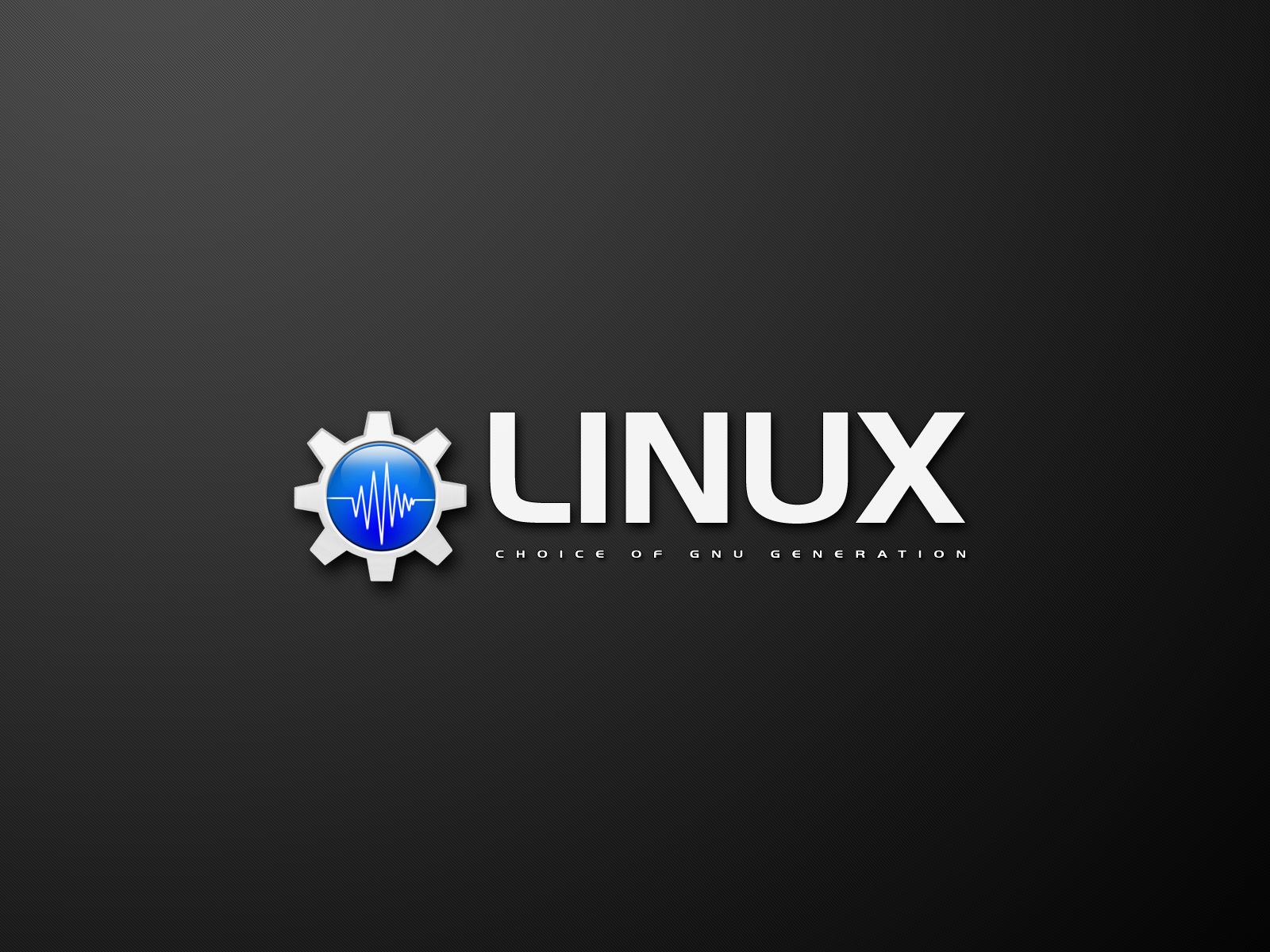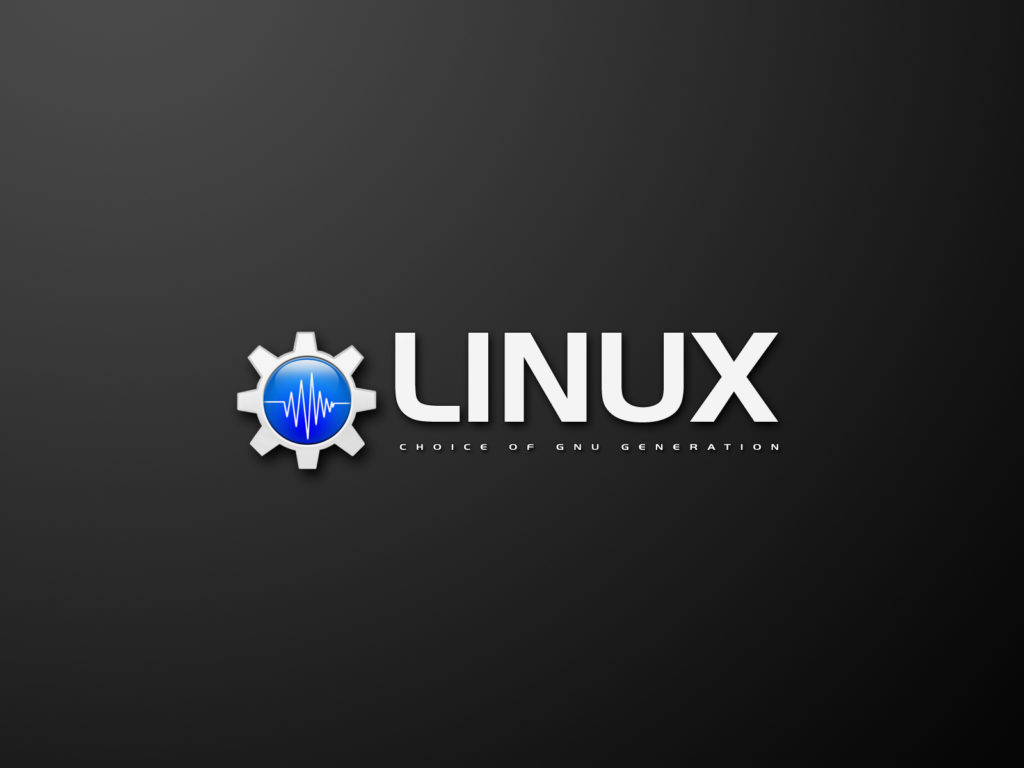
If you are remotely aware of tech and computers, you must have come across the name Linux in some part of your professional life. Linux is immensely versatile as an operating system and is more inclined towards the programming and core principles than visual fidelity. The recent years have demonstrated an equally customizable graphical interface with Linux distributions such as Ubuntu and Linux Mint.
Why opt for Linux?
Linux is the least resource-hungry system that you’ll find on the market. MAC OS is also similarly optimized but is exclusive for Apple users only. This brings us to another important feature of Linux is that it is free for all. No chunk of revenue is extracted from unwilling users at any level. You can opt to donate while downloading Linux, but it is not compulsory.
Linux is an open-source operating system that allows programmers across the globe to share their thoughts over its existing flaws and create intelligent solutions for it. You can come up with your iteration of a Linux distribution loaded with your desired features. Although altering a Linux distribution is no easy feat, curious minds can still play with the code.
The security framework is very rigid in Linux because the operating system uses its application store to install verified applications on it. Thus, it shrouds your applications from intentional alteration by hackers. Compatibility is also an issue, so most applications won’t directly run unless you download them from the store. However, that does not mean you are limited to old applications, as every significant developer develops a version for Linux too.
Running Linux
Running Linux on a system that has configurable BIOS is not tricky. That goes well for your customized desktop builds and laptops that come with free BIOS. From the windows eight program onwards, it isn’t easy to find laptops that come without an OS because nobody wants it. The laptops and pre-configured PC builds do not allow you to run anything apart from the windows version. The move is understandable as you opted for a Windows machine, but the information is not shared beforehand for most buyers.
So running multiple operating systems is an arduous task if you are a novice user and do not understand the convolutions. However, troubleshooting that problem can still learn Linux by installing it as a virtual machine in windows. This installation is facilitated by Virtual Box, a popular virtual machine creation tool that can help you run multiple operating systems without removing windows as your primary operating system.
Tips before installation
It is essential to understand that Virtual Box creates a virtual machine inside your system. The VM enables it to use the physical hardware of your system for its operations. To use an operating system like Linux, you have to open Virtual Box first and then only you can run it.
A virtual machine still uses the physical resources of your existing system. You can configure the amount of storage space and memory that you want to allocate to the machine. VMware can run on systems with 4GB or more RAM, but the usability will suffer on a system with 4GB RAM. You will encounter frequent freezes and abrupt shutdowns if the system lacks enough memory to run both things.
You must understand that Windows consumes a lot of RAM even in its state due to its background processes. Therefore, that factor is included while allocating enough memory for your virtual machine. We recommend eight gigs of RAM to smoothly run Linux using Virtual Box on a Windows 10 machine.
Now that you know the requirements installing Virtual Box and Linux follows the mentioned steps.
- Open your browser and search for Virtual Box on any search engine. Navigate to the download page and hover to the latest version of the Windows hosts package.
- After the download finishes, run the executable file as an administrator. The installer will guide you to the next steps. Choose C drive as the installation folder.
- After a few minutes, Virtual Box will be installed if it does not encounter any error. Run the software to check for a successful installation.
- To use Linux, you will need a Linux distribution ISO image. It is freely available on the Ubuntu website and will be more than 2.6 GB for the latest version. It would be best if you did the download in a browser on your windows machine.
- Once the file downloads, click on the Virtual Box application icon and click on the new button. Type in Ubuntu, and the software will recognize it as a registered operating system. Click on next and allocate a minimum of 2 GB RAM for the operating system.
- Since your system will create a partition on your system drive, check then create a virtual hard disk now option. The default size is 10GB, but anywhere from 30-100 GB is recommended because the operating system extracts from the compressed ISO and grows in size.
- Plus, you will be installing drivers for system components and additional applications on the operating system once it finishes installing. So having adequate space beforehand is recommended.
- Navigate to expert mode and enter the size of the Virtual disk you want to create. After that, you have to select the ISO image that you download before.
- Click on the start button in virtual Box and select the image file of the Linux distribution, which in this case is Ubuntu. You can choose any other distribution if you have it, but Ubuntu is the easiest to use among all Linux distributions.
- Click on choose and start the virtual machine. A disk check will be done for verifying compatibility, and after that, the OS installation wizard will open.
- After that is pretty much like a standard software installation, check on the erase-disk and install option and select the additional software for hardware components such as networking, graphics, and media.
- Click on Install Now, select your time zone, create log-in credentials, and let the installation begin. It will take 20 minutes to an hour for installing the necessary drivers and decompressing the operating system. After a restart prompt, do the needful, and then you have successfully installed Linux.
- Make note that the operating system is installed on the virtual disk. To run it, you have to use virtual Box and select the start option. There is a full-screen option that will support your mouse and keyboard input.
Now, begin exploring the endless possibilities that are possible with Linux.
If you encounter any error, repeat the steps as mentioned or drop your query in the comments.
Website – https://xtremedroid.com/

